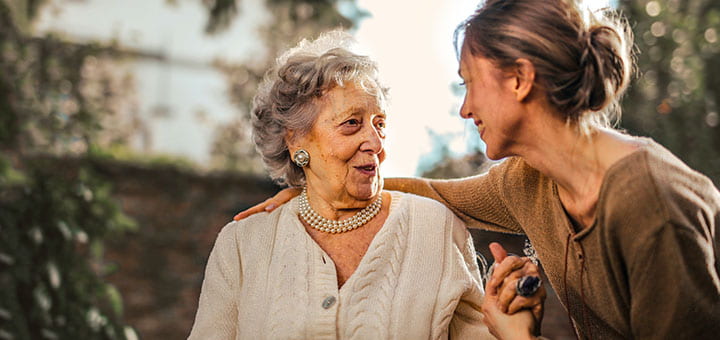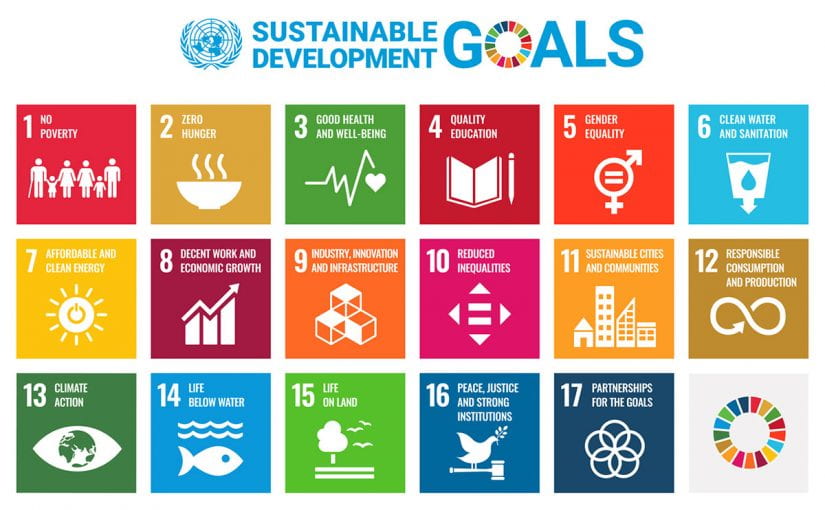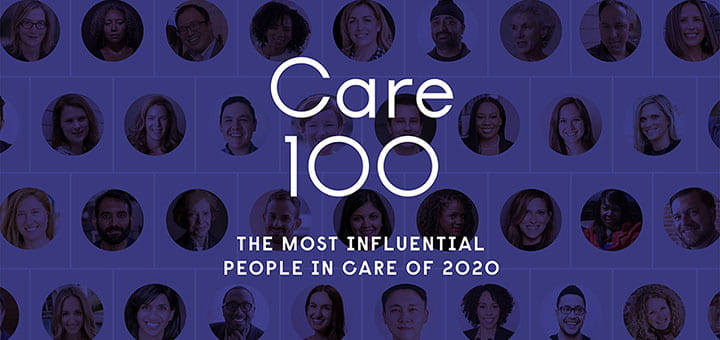Tag: Continuing Education and Community Engagement
-

Respect Goes a Long Way
By
|
In the hospitality industry, customer experience is king. What does it take as a professional to lead in an ever-changing and messy environment? Let’s hear what hospitality leaders, past and present, have had to say. Gray Shealy, AVP of Architectural Design and Innovation, Royal Caribbean Cruises “Respect for others will go a long way, as…
-

Shaping the Future
By
|
With Teambuilding Adventures McKinsey & Company recently released a report “The new normal arrives: Trends that will define 2021—and beyond.” In it, they predict “2021 will be the year of transition. Barring any unexpected catastrophes, individuals, businesses, and society can start to look forward to shaping their futures rather than just grinding through the present. The report…
-

Lessons from Caregiving
By
|
According to recent research by AARP, one in six of our co-workers is likely caring for a loved one in addition to work and family. This is a daunting prospect for most of us, but life is made up of moments, and there are some lessons to be learned from caregiving, which might in fact…
-

Sustainability’s Many Inter-Relationships
By
|
Peace & Prosperity for People & the Planet In 2015, all Member States of the United Nations collaborated on a call to action to forward Sustainable Development Goals (SDGs) for all countries in a global partnership. The SDGs build on decades of work by countries and the UN and acknowledge the need to address challenges synergistically and…
-

Why is DEI so Important?
By
|
George Floyd was murdered on May 25, 2020. It’s a date to be acknowledged and remembered for many years to come. Since that day, words like “diversity,” “equity” and “inclusion” have been swirling in our social consciousness, known collectively as DEI. But why exactly is DEI important? For individuals and for organizations? Because Future Workforce…
-

Leadership 2.0
By
|
Recently, Jim Collins, #1 bestselling author of Good to Great, talked to Inc. magazine on their podcast “What I Know” about meeting Steve Jobs and how he was a different leader when he came back to work for Apple a second time. The difference, said Collins, was, “(Jobs) never lost the passion for what he…
-

Caregiving is Fundamental to our Collective Thinking
By
|
Care 100 List It’s a new year and now a new President. If you need inspiration for re-imagining and re-humanizing our care system, check out the Care 100 List, a first-of-its-kind list of dynamic leaders tackling the problems and opportunities of care in this country, guided by the belief that “care is fundamental to our collective…
-

Inclusion
By
|
What Does It Look Like? It is not enough to diligently and proactively hire a diverse workforce. Successful organizations ensure that they are also creating inclusive environments in which all employees feel valued, welcome, integrated and not isolated. If not, experienced talent recruiters report, new hires will self-eject from the work situation in three months…
-

What’s in a Word?
By
|
Diversity “Diversity” is a trending cultural keyword on browsers like Google, Bing and Yahoo, and the top-ranked search results relate to meaning. What is the definition of diversity? Merriam-Webster has this to say about diversity: 1: the condition of having or being composed of differing elements : VARIETY especially : the inclusion of different types of…
-

What NOT to Wear
By
|
(with apologies to TLC) When choosing to live more sustainably, small steps can make a big difference. Every choice or purchase we make has an impact, including what we choose to put in and on our bodies. Fashion is a new vanguard of sustainability with savvy, professional women shopping smarter by doing their research and investing in pieces that…

